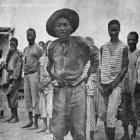ADVERTISEMENT
Photos
How to assess moto-bike Safety in Haiti
When choosing a moto-bike, assess the driver as well as the bike. Older drivers tend to be more responsible and are less likely to take chances. Look out for zip-ties on the bike as well as its general fitness as they are allegories to the success of the driver. Look out for a driver with an extra helmet or two for passengers. Finally, when you find a good moto-taxi driver, keep him. Exchange numbers with your driver and call to check his availability when you plan on going out.
Majority of emergency unit cases in Haiti are victims of accidents involving Moto-Taxi
Dr. Gaspard SEM, of the Hospital Saint-Michel in Jacmel, said in June of 2013 that a majority of the cases they see come in at the emergency unit and outpatient clinic have been victims of accidents involving moto-taxis. They divided them into groups by adult and children cases, and then, within the groups, by sex. Adult men numbered 171 instances over the months of May and June, female 58, over the same period. There were 21 cases involving children over the same two months, 10 boys and 11 girls.
Moto Taxi Transporting Fish in Haiti
Motorcycle in southeast department of Haiti
A big part of the draw towards the informally run moto-taxi service in Haiti is the way it bridges the gap between places otherwise unconnected, shown by how far the service has permeated the southeast department. The ability of the compact, fast moving bikes to traverse where tap Taps, cars and other transport options can't is a glaring example of how important they've become to the sector, despite how unsafe it is to ride on the unsuitable roads.
Moto Taxi in Haiti drop passengers anywhere they wish to go
Not only are locals opting for the ever popular choice of the moto-taxis that are a fixture on the Haitian scene where modes of transport are concerned, but foreigners, some only passing through, some more permanent residents, are catching the bike bug. During Carnival, moto-taxi drivers wait outside venues and will drop passengers anywhere they wish to go, to the steps of their homes or hotels. The practice has become so epitomic of a trip to Haiti, it has been made the subject of numerous blogs by international travelers.
Moto-taxi in Haiti, a completely informal Transportation method
At fifteen years old, the moto-taxi service that runs throughout much of Haiti, and acts as the main conveyance for transporting busy travelers, is still almost completely informal. In almost every aspect, down to the roads on which the taxis run, which are often unfit for some types of vehicles, there is need for regularization and proper infrastructure. There is also the issue of mandating how many passengers may be conveyed on any one moto-taxi at a time. Some have been known to transport even more than three passengers at a time.
Dangers while riding on a moto-taxi in Haiti
Some of the dangers you meet with while riding on a moto-taxi include everything from burning the skin on your leg, exposed or even covered, on a tail pipe, falling off if you don't have something (or someone) to hold on to and the overly cocky driving styles of some of the drivers. While one certainly feels smart when not trapped by a long line of traffic, the meanderings of the drivers, who bob and weave through traffic, can be terrifying, especially with the lack of proper safety gear for passengers.
Haitian Government Says No More Plastic Bags
The Haitian government has decreed no longer will it be acceptable to use plastic bags for purchased items. As well, they are prohibiting polystyrene, and Styrofoam plates, cups, and bottles.
The decree is an update of a previous version and also outlaws manufacturing, importing, and advertising of such products. This is being done to protect Haitians from carcinogens.
On August 1st customs will seize such contraband at the port, and transgressors will fined under the Customs Code.
U.S. Occupation Began to Stop Rosalvo Bobo
Haiti, in 1915, was on the brink of failure. Several anarchist groups, called cacos, were fighting to gain control of the island. German immigrants had funded the cacos, and in desperation implored Germany to come and stabilize the situation.
President Wilson, alarmed anti-American Rosalvo Bobo might rule, ordered U.S. warships to occupy Haiti.
From 1915-1934 the U.S. ran Haiti with straw-man governments. Only when the Great Depression occurred did the U.S. leave. It could no longer afford the Occupation.
Anjeliko, Anjeliko, ale kay manman ou, Song made famous during US Occupation of Haiti
This song that is still popular today in Haiti, Anjeliko, Anjeliko, ale kay manman ou, became famous during US Occupation of Haiti of 1915.
Haitians Resentment of 19-Year U.S. Occupation
Although Haiti won independence in 1804, by 1908 the island had collapsed under dire economic and political influences. Out of control military factions battled for power.
In 1915, the U.S. Occupation brought stability to Haiti. Initially Haitians accepted it, but grew resentful of America's absolute control in time.
When America's Great Depression hit, they could no longer afford the Occupation and left in 1934. A few American diplomats remained to protect U.S. investments
Canadian Peacekeeper to Secure Haiti for Election Season
The UN Stabilization Mission in Haiti has been occupying the island for the last 19 years. Two of its military partners, Brazil and Canada, are joining ranks to keep Haiti safe from insurrectionists.
Canada is adding an extra 34 military peacekeepers to its Operation Hamlet mission, who will be instructed in Brazil on military procedures and maneuvers.
Defense Staff Chief, Tom Lawson, says Canada's further commitment to Haiti's safety and security will help steady Haiti during its upcoming elections.


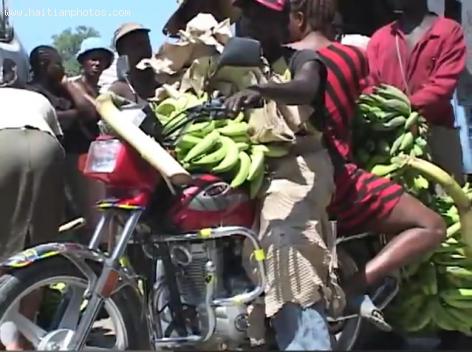
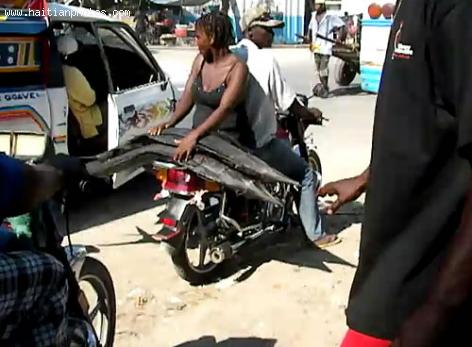

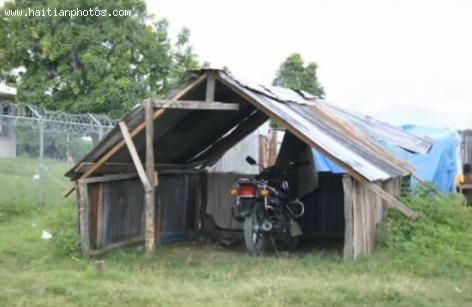
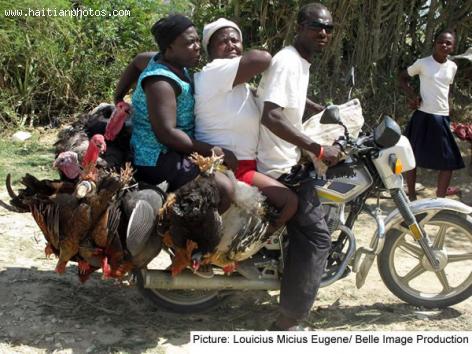

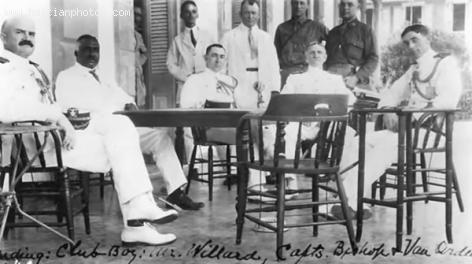


 Ernst 'ZeNono' Jean-Baptiste wants to replace Sepp Blatter as...
Ernst 'ZeNono' Jean-Baptiste wants to replace Sepp Blatter as...  Who will be the next president of Haiti?
Who will be the next president of Haiti?  A $800,000 Home occupied by Deputy Rony Celestin confiscated
A $800,000 Home occupied by Deputy Rony Celestin confiscated  Paul Eugène Magloire, born in Quartier Morin
Paul Eugène Magloire, born in Quartier Morin 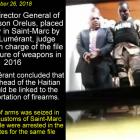 Former PNH Chief, Godson Orelus, arrested for illegal arm...
Former PNH Chief, Godson Orelus, arrested for illegal arm...  Meet Haitian-American professional baseball pitcher Touki...
Meet Haitian-American professional baseball pitcher Touki...  Delimart Plaza, Delmas 32, Port-au-Prince, Haiti being looted
Delimart Plaza, Delmas 32, Port-au-Prince, Haiti being looted  Haiti Street Food, manje kwit or Chin Janbe, for $1 or less
Haiti Street Food, manje kwit or Chin Janbe, for $1 or less 